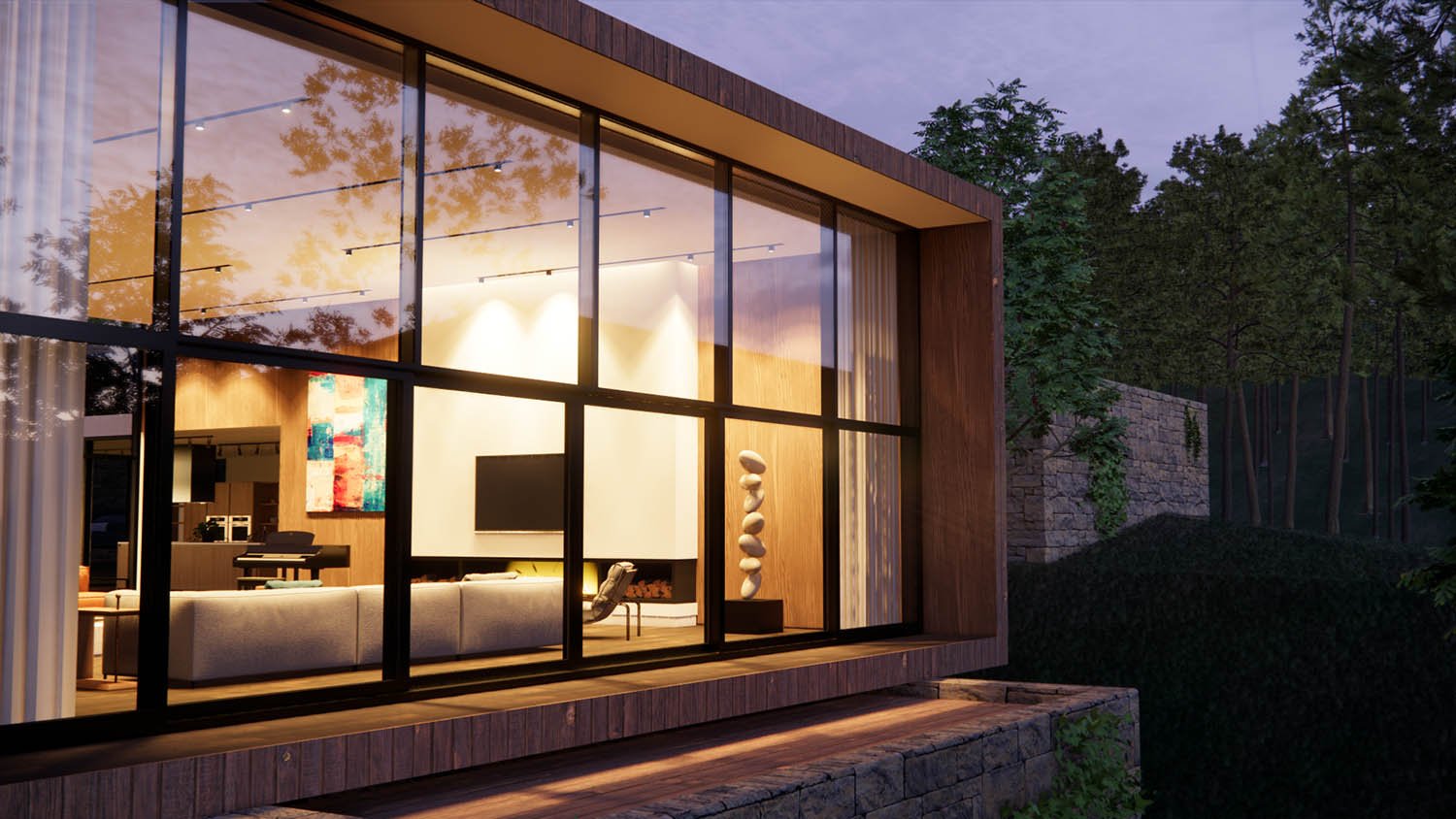Sketchup Light Rendering
Sketchup Light Rendering: Illuminating Your Designs
Whether you're a seasoned architect or a budding student, Sketchup is a go-to software for 3D modeling, designing, and visualization. And lighting plays a significant role in making your design stand out.
But as with any designing software, the process of sketchup light rendering can be tedious, complex, and often overwhelming.
So, what is the target of sketchup light rendering, and how can you make it work for you?
Sketchup light rendering is about striking the right balance between light and shadow, illuminating the critical areas and creating the perfect ambiance that fits your design objective.
In this article, we'll explore the various tips, tricks, and best practices for sketchup light rendering, so you can bring your designs to life and make them shine.
The Importance of Sketchup Light Rendering
Sketchup light rendering is all about creating an immersive experience, showcasing shadows and highlights, and giving depth and dimension to your designs.
Personal Experience: Before Sketchup light rendering, my designs often felt flat and lifeless. But after investing time in learning and implementing the tips for sketchup light rendering, I was surprised to see how much of a difference it made to my designs.
By understanding the importance of shadow, light, and shade, you can create designs that are not only visually appealing but also realistic and authentic.
Basics of Sketchup Light Rendering
The first step in sketchup light rendering is understanding the fundamentals of lighting, such as the type of light, intensity, and the angles of light fall. You can use built-in or third-party plugins such as V-Ray or Enscape to aid in your lighting process.
Personal Experience: While V-Ray is a popular plugin for sketchup light rendering, I found Enscape to be more intuitive and easy to use, especially for beginners. It allowed me to preview and adjust lighting in real-time, making the process smoother and less time-consuming.
Types of Lights in Sketchup Light Rendering
There are three types of lights in sketchup light rendering: Point light, Spotlights, and Sun. Point light is best for illuminating small objects or areas, while Spotlights are used for highlighting small and defined areas. The Sun is ideal for creating shadows and natural light conditions.
Personal Experience: I prefer using a combination of Sun and Spotlights when creating exterior designs, as it allows me to showcase the natural lighting and create focal points on significant areas of the design.
Common Mistakes to Avoid in Sketchup Light Rendering
One of the most common mistakes in sketchup light rendering is over illuminating or under illuminating the space. It can cause harsh shadows or create a flat and dull design. Another mistake is relying too much on the Skylight option, which can make the design appear unrealistic.
Personal Experience: I often struggled with creating the right balance of lighting, which made my design appear chaotic and overwhelming. But by following the rule of 80/20 or 70/30, I was able to create a clean and organized design while highlighting the critical areas.
Question and Answer
Q1. What is the best plugin for sketchup light rendering?
A1. While V-Ray is a popular choice for sketchup light rendering, Enscape is more user-friendly and easy to learn for beginners.
Q2. How do you avoid over-illuminating space in sketchup light rendering?
A2. Over-illuminating space can create harsh shadows and a flat design. You can avoid it by following the rule of 80/20 or 70/30, which means illuminating the critical areas while leaving the rest in shadows.
Q3. What is the best type of light for interior design in sketchup light rendering?
A3. The best type of light for interior design is a combination of Spotlights and Point light, which helps in illuminating significant areas and creating the right ambiance.
Q4. How can I create realistic lighting in sketchup light rendering?
A4. You can create realistic lighting by understanding the natural light conditions, using the right light type, intensity, and angles, and avoiding common mistakes such as over-illuminating or under-illuminating the space.
Conclusion
Sketchup light rendering is a vital aspect of creating immersive and realistic designs. By understanding the basics of lighting, avoiding common mistakes, and using the right plugins, you can bring your designs to life and make them stand out.
Gallery
LightUp Plugin For SketchUp – Render Lighting Effects

Photo Credit by: bing.com / sketchup lightup light render lighting plugin rendering effects renderer beautiful interior sketch daylight software accurate stunningly object means uses based
Vray For Sketchup - Exterior Lighting Sketchup - YouTube

Photo Credit by: bing.com / sketchup vray
Enscape Best Practices Lighting And Materials In SketchUp | Lighting

Photo Credit by: bing.com / sketchup enscape practices kursus
2148.Wall Light Sketchup File Free Download | Free Download 3D Models

Photo Credit by: bing.com / sketchup 3dsmax arne 2148 cgtips cgtrader 3dmodelshare
Light Source - Modeling/Rendering | SketchUp | V Ray - YouTube

Photo Credit by: bing.com / sketchup rendering light ray